Local Farmland Preservation Leaders Earn Recognition
/The Working Lands Alliance, a project of American Farmland Trust, has recognized two individuals and a dairy cooperative of six family farms in Connecticut with Farmland Preservation Pathfinder Awards, and noted the work of two Connecticut legislators in advocating for farmland preservation in the state.
The Alliance is a statewide coalition dedicated to preserving Connecticut’s productive farmland and presents the Pathfinder Awards to recognize individuals and groups who have significantly advanced farmland preservation through leadership, advocacy, planning and education.
“Each of these award winners is an outstanding example of what can happen when a group of dedicated people work together to achieve what many may think is an impossible goal,” said Terry Jones, chair of the Working Lands Alliance. “Their success shows what imagination and hard work can do and provide a wonderful example for others to follow.”
“About 1,800 acres of agricultural land has been lost in Connecticut every year for the last 25 years, nearly 62 square miles in all,” said Andrew McElwaine, President and CEO of AFT. “The leaders we recognize with Pathfinder Awards are part of an enthusiastic and diverse group of individuals and organizations working to reverse that trend.”
The winners of the annual awards for 2013, were:
Tom Crider, President, Southbury Land Trust - Outstanding Individual: Under Crider’s leadership over nearly two decades, the Southbury-based Trust has preserved seven family farms and thousands of acres of habitat, including 825 acres of prime farmland at the Southbury Training School. Working closely with the Southbury delegation, Town officials and his Board, Crider was a critical part of the team advocating for the successful passage of legislation that permanently protects 825 acres of prime state-owned farmland at the Southbury Training School.
The Farmer’s Cow, Mansfield Ce nter - Outstanding Group: The Farmer’s Cow is a group of six family-owned dairy farms that market their products under a single brand. The Farmer’s Cow has done extraordinary work educating their consumers about the importance of farmland preservation. During the past year, they launched an ice cream flavor appropriately named Farmland Crunch to draw attention to the development pressures on Connecticut’s rich farmland. Proceeds from the sale of each pint are donated to Connecticut Farmland Trust, to support their important work of preserving working farmlands. They also sponsored this year’s Corn Maze adventure at Fort Hill Farm in Thompson with the theme of Saving Farmland, again to educate the public on the importance of farmland preservation. Their member farms have collectively preserved nearly 4,000 acres of active farmland through the state’s Farmland Preservation Program.
nter - Outstanding Group: The Farmer’s Cow is a group of six family-owned dairy farms that market their products under a single brand. The Farmer’s Cow has done extraordinary work educating their consumers about the importance of farmland preservation. During the past year, they launched an ice cream flavor appropriately named Farmland Crunch to draw attention to the development pressures on Connecticut’s rich farmland. Proceeds from the sale of each pint are donated to Connecticut Farmland Trust, to support their important work of preserving working farmlands. They also sponsored this year’s Corn Maze adventure at Fort Hill Farm in Thompson with the theme of Saving Farmland, again to educate the public on the importance of farmland preservation. Their member farms have collectively preserved nearly 4,000 acres of active farmland through the state’s Farmland Preservation Program.
George Hall, George Hall Farm, Simsbury - Education Leader: Throughout his long farming career, Hall has been an outstanding mentor and teacher to countless interns and apprentices who come to learn about the importance of farming, the meaning of hard work, and the love of the land. Using a unique approach to preservation, Hall will also sell the development rights on 12 highly developable acres of farmland in exchange for the rights to 40 acres of farmland he has been leasing; a transaction that will, in the end, provide him little financial gain. Through this example, Hall is demonstrating that securing lands for the future outweigh monetary considerations.
The Working Lands Alliance also presented State Representatives Linda Gentile and Arthur O’Neill its Legislative Leadership Award for farmland preservation efforts.
“We are very pleased this year to recognize two legislators for the role they played in passing legislation to permanently preserve 825 acres of prime farmland at the Southbury Training School and their ongoing interest in farmland preservation,” said Jones.
Rep. O’Neill represents the 69th Assembly District, including the towns of Southbury, Bridgewater, Roxbury and Washington. Rep. Gentile represents the 104th Assembly District, including Ansonia and Derby.
“While the Alliance has successfully advocated for robust investments in the Farmland Preservation Program and the permanent protection of state-owned farmland, much more needs to be done,” said Lisa Bassani, Working Lands Alliance Project Director, American Farmland Trust. “The importance of our work in farmland preservation can be summarized in four words-- No Farms, No Food.”
The Working Lands Alliance was formed in 1999 with the sole purpose of preserving Connecticut’s most precious natural resource – its farmland. WLA is a coalition whose supporters include more than 600 individuals and 200 businesses and organizations that include farmers, conservationists, anti-hunger groups, planners and local food enthusiasts. WLA is a project of American Farmland Trust. The American Farmland Trust is the nation’s leading conservation organization dedicated to protecting farmland, promoting sound farming practices and keeping farmers on the land.



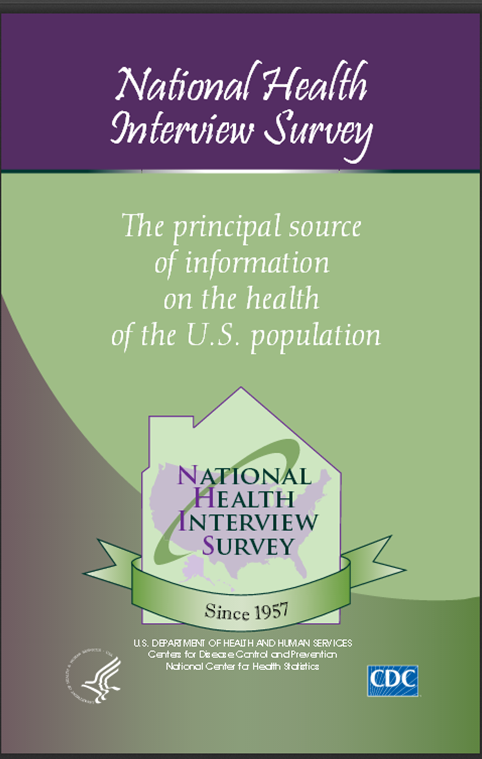 t joined New Jersey with prevalence rates below 25 percent, including Connecticut (20.6%), Delaware (23.3%), New York (23.5%), Massachusetts (24.1%), and Rhode Island (24.9%).
t joined New Jersey with prevalence rates below 25 percent, including Connecticut (20.6%), Delaware (23.3%), New York (23.5%), Massachusetts (24.1%), and Rhode Island (24.9%).
 he state’s downtowns, one that commands attention and respect for being forward-thinking while preserving the integrity and values of the past. At CMSC, “we'll continue to promote the
he state’s downtowns, one that commands attention and respect for being forward-thinking while preserving the integrity and values of the past. At CMSC, “we'll continue to promote the 

 n, president of Environment and Human health, Inc. “It is time for flame-retardants to be removed from all low fire-risk situations and products. As well, a certification program should be established where manufacturers certify the absence of flame-retardants, just as organic food programs certify the absence of pesticides.”
n, president of Environment and Human health, Inc. “It is time for flame-retardants to be removed from all low fire-risk situations and products. As well, a certification program should be established where manufacturers certify the absence of flame-retardants, just as organic food programs certify the absence of pesticides.”
 g human health from environmental harms. EHHI does not receive any funds from businesses or corporations. The organization’s mission is “to conduct research to identify environmental harms affecting human populations, promote public education concerning the relationships between the environment and human health, and promote policies in all sectors that ensure the protection of human and environmental health with fairness and timeliness.
g human health from environmental harms. EHHI does not receive any funds from businesses or corporations. The organization’s mission is “to conduct research to identify environmental harms affecting human populations, promote public education concerning the relationships between the environment and human health, and promote policies in all sectors that ensure the protection of human and environmental health with fairness and timeliness. ,” the report indicated. Then, the shooting at Sandy Hook Elementary School in Newtown on December 14, 2012 provided “a major impetus for lawmakers to propose legislation which would impact children and adults living with mental illness,” the 63-page report indicated.
,” the report indicated. Then, the shooting at Sandy Hook Elementary School in Newtown on December 14, 2012 provided “a major impetus for lawmakers to propose legislation which would impact children and adults living with mental illness,” the 63-page report indicated.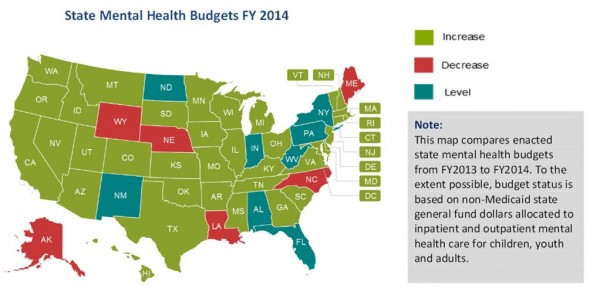

 scles, which made jumps and spins painful. It was during that time that his love of music and interest in skating merged toward ice dance.
scles, which made jumps and spins painful. It was during that time that his love of music and interest in skating merged toward ice dance. two along the way to help meet the relentless expenses of a skating career. She worked the overnight shift, so days could be spent with her son. Because of his skating-centric life, Donohue was home-schooled through his teenage years, and college plans remain on hold for now.
two along the way to help meet the relentless expenses of a skating career. She worked the overnight shift, so days could be spent with her son. Because of his skating-centric life, Donohue was home-schooled through his teenage years, and college plans remain on hold for now.

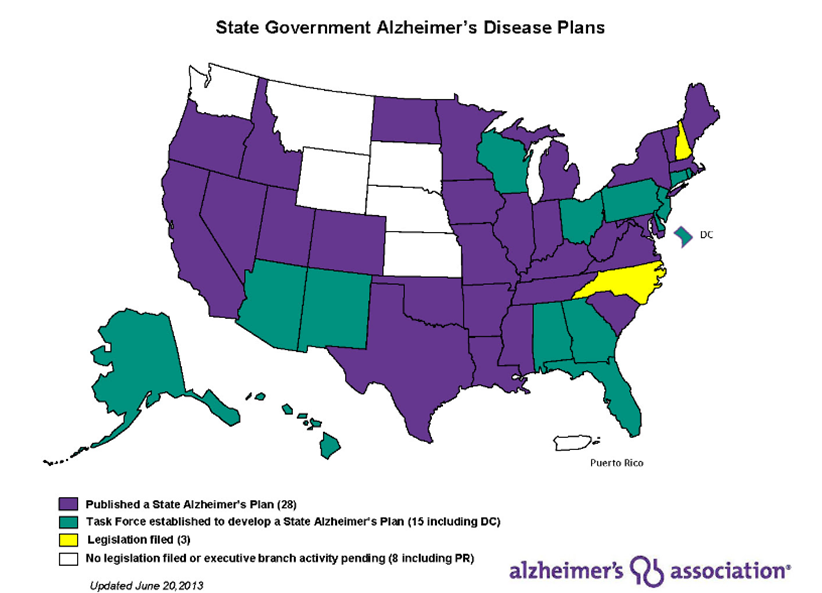 vers.
vers.
 ervices and treatments, and provide much needed education to those impacted by mental illness.
ervices and treatments, and provide much needed education to those impacted by mental illness.
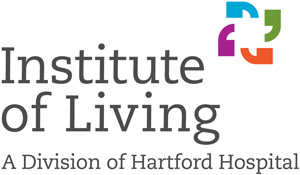 may be a lifelong condition, like diabetes. “However, as with diabetes, proper treatment enables many people with a mental illness to lead fulfilling and productive lives. By helping combat the stigma associated with mental illness, we can help increase the number of people that seek treatment.”
may be a lifelong condition, like diabetes. “However, as with diabetes, proper treatment enables many people with a mental illness to lead fulfilling and productive lives. By helping combat the stigma associated with mental illness, we can help increase the number of people that seek treatment.” The top cities were Cambridge, MA (24.5%), Columbia , SC (20.7%), Berkeley, CA (18.1%), Ann Arbor, MI (15.5%), Boston, MA (15.5%), Provo, UT (12.2%), Washington, DC (11.9%), New Haven, CT (11.2%), Syracuse, NY (11%) and Providence, RI (10.8%).
The top cities were Cambridge, MA (24.5%), Columbia , SC (20.7%), Berkeley, CA (18.1%), Ann Arbor, MI (15.5%), Boston, MA (15.5%), Provo, UT (12.2%), Washington, DC (11.9%), New Haven, CT (11.2%), Syracuse, NY (11%) and Providence, RI (10.8%).
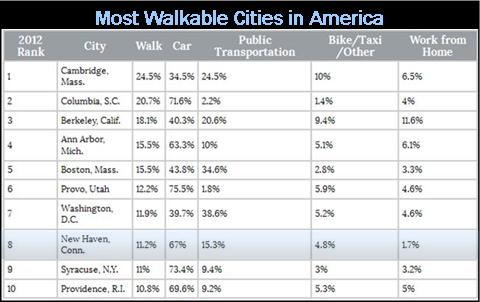
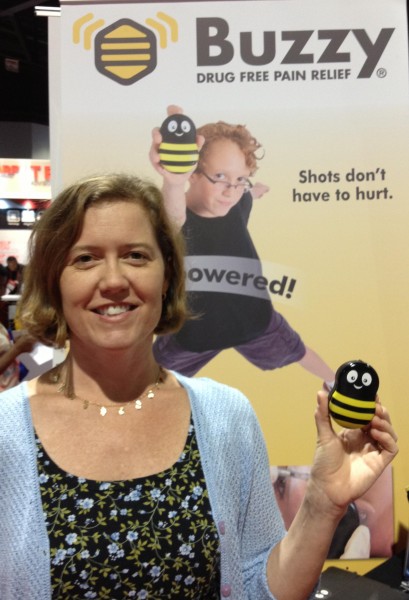 pecifically designed to remove pain from the injection.
pecifically designed to remove pain from the injection. ales. Baxter is one of Inc. Magazine’s Top Women in Tech to Watch, and is asked all over the world to educate physicians, nurses, Child Life specialists, and others about the importance of
ales. Baxter is one of Inc. Magazine’s Top Women in Tech to Watch, and is asked all over the world to educate physicians, nurses, Child Life specialists, and others about the importance of 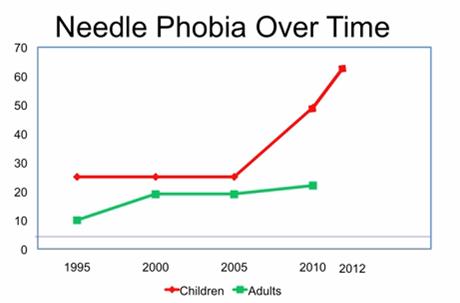 f needle-averse adults will have on their own health and the health care system.
f needle-averse adults will have on their own health and the health care system.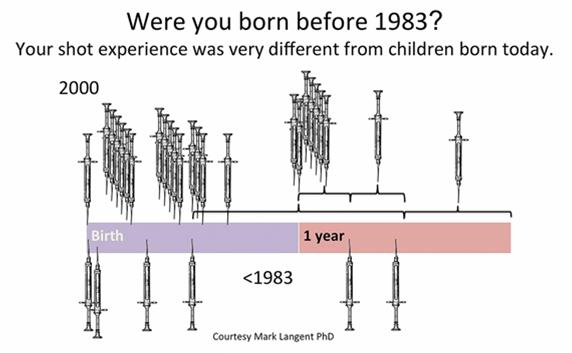 away from the very remedies that can improve their individual health and the health of entire populations, warning that “by ignoring pain we’re endangering the future of health care.”
away from the very remedies that can improve their individual health and the health of entire populations, warning that “by ignoring pain we’re endangering the future of health care.”



























